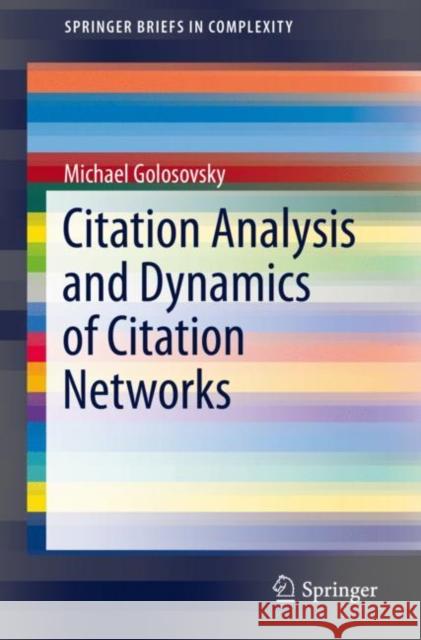Citation Analysis and Dynamics of Citation Networks » książka
topmenu
Citation Analysis and Dynamics of Citation Networks
ISBN-13: 9783030281687 / Angielski / Miękka / 2019 / 121 str.
Kategorie BISAC:
Wydawca:
Springer
Seria wydawnicza:
Język:
Angielski
ISBN-13:
9783030281687
Rok wydania:
2019
Wydanie:
2019
Numer serii:
000436667
Ilość stron:
121
Waga:
0.20 kg
Wymiary:
23.39 x 15.6 x 0.74
Oprawa:
Miękka
Wolumenów:
01
Dodatkowe informacje:
Wydanie ilustrowane











